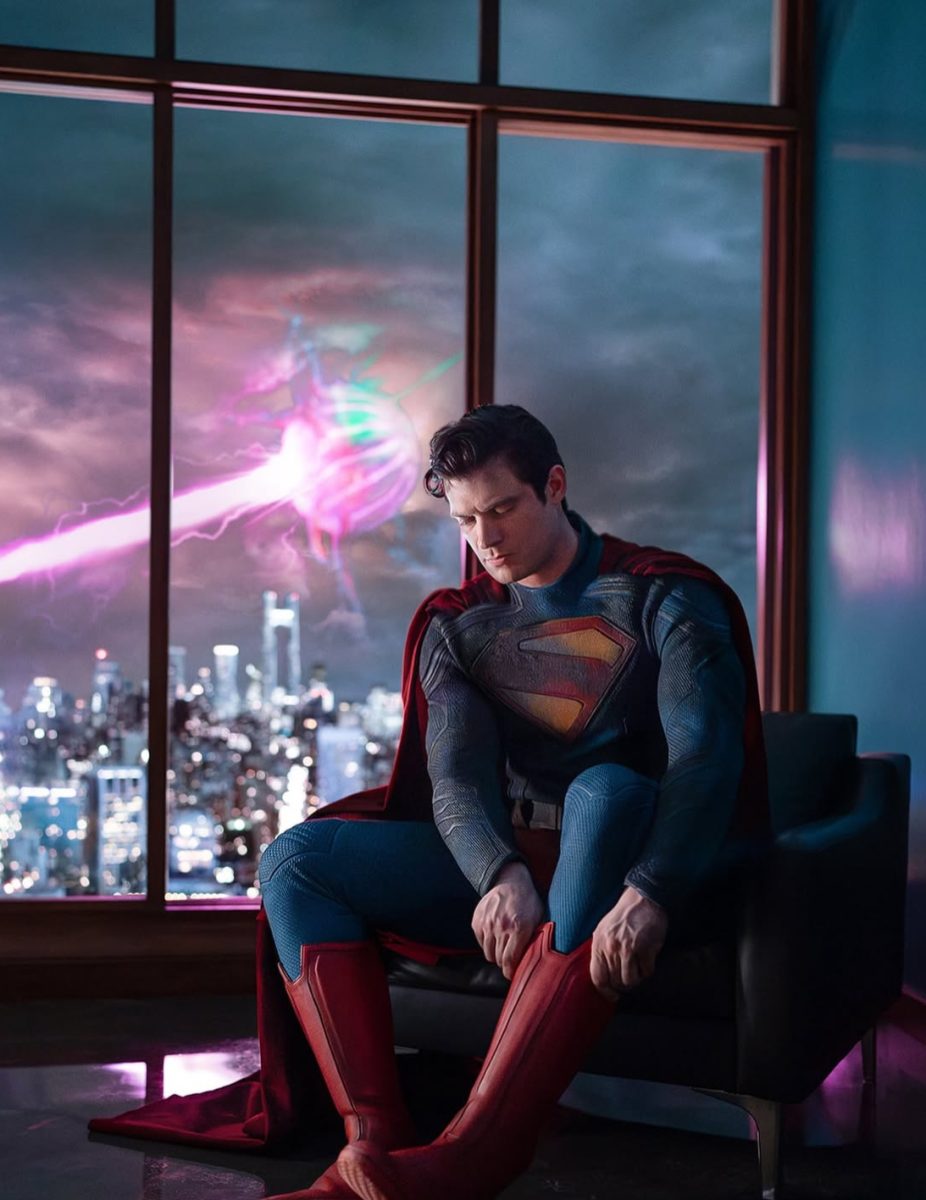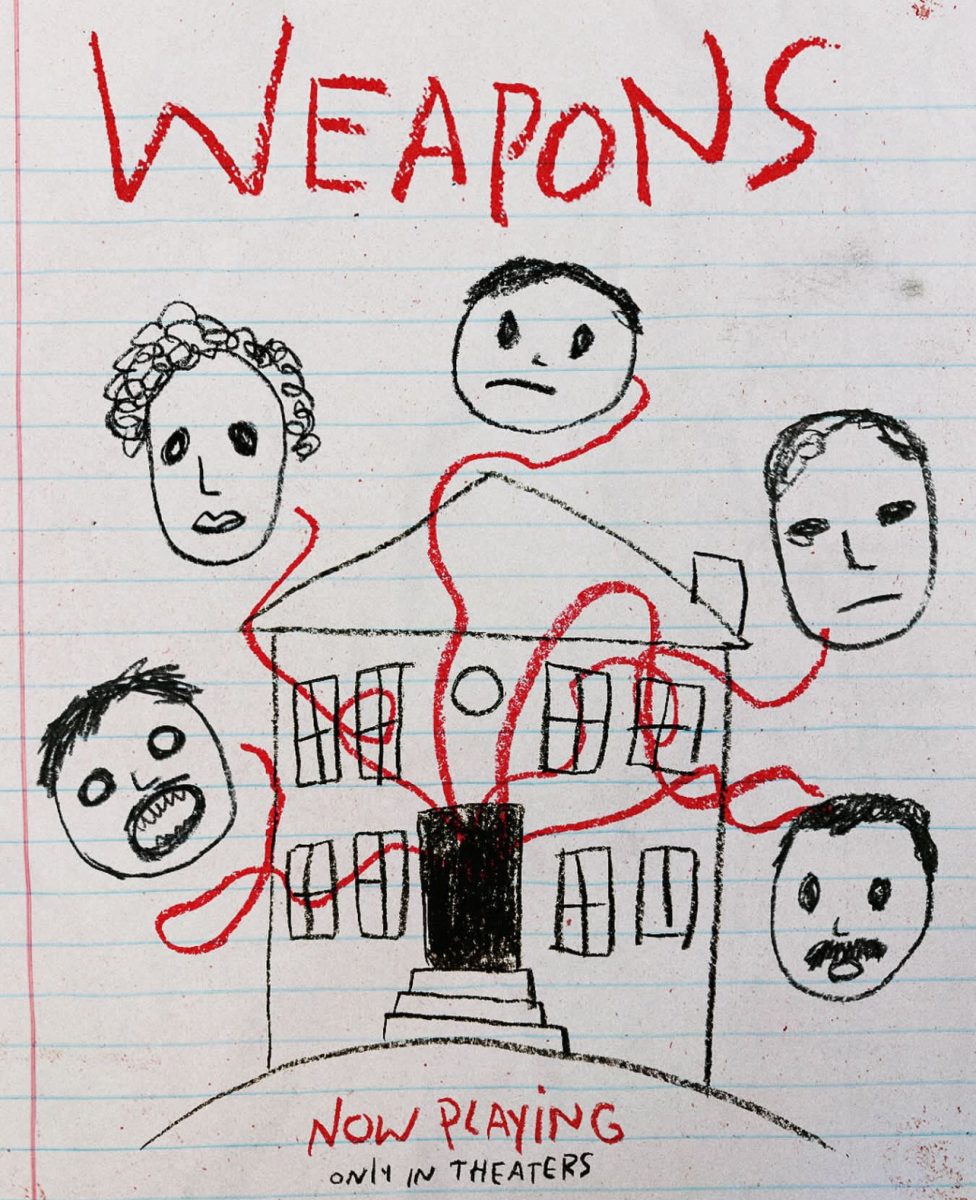By JAKE KRING-SCHREIFELS
STAFF WRITER

Undoubtedly, the use of computer generated image technology is inundating comic book movies. Nowadays, producers look to outdo each other with flashier uses of technology. Certainly CGI is an important tool when New York City becomes a demolition playground for The Avengers or the venue for a mid-air boxing match in Man of Steel. However, in Thor, located primarily in the title character’s distant space kingdom of Asgard, it becomes paramount. It also becomes a desensitizing and rather homogenous element in a collection of not so much movies but feature length trailers.
The sequel is no different. Thor: The Dark World begins with a long exposition about dark elves, their leader Malekith, (Christopher Eccleston, “Dr. Who”) and the Aether, a black nebulous virus that searches for a host. It finds one through a London portal and attaches to Dr. Jane Foster (Natalie Portman, Thor), whose eyes then occasionally turn black like glimpses of Black Swan. Unfortunately the acting from that movie does not transfer over here. Soon, our chiseled, golden-locked Norse God takes her home to Asgard where his father, Odin (Anthony Hopkins, Silence of the Lambs), surmises the Aether’s power is what Malekith craves.
Director Alan Taylor, who has primarily worked in television, most recently “Game of Thrones,” brings back all of the familiar faces and set pieces. Asgard is its usual sunny self, its portal guarded by Idris Elba (Pacific Rim), protected bravely by Jaimie Alexander, Zachary Levi and Ray Stevenson and ruled by Rene Russo. Back in dreary London, Stellan Skarsgard returns to the lab clearheaded from his Avengers mind-control mishaps, as does Kat Dennings, providing her usual quirky shtick. Chris O’Dowd aims to win astrophysicist Jane Foster’s affections, but unfortunately an accented comedian just cannot compete with Chris Hemsworth as Thor.
Then of course, there is the exceptional Tom Hiddleston, returning as Loki, that squirmy little brother who never seems to be without a scheme. He is locked away beneath Asgard for most of the film as prisoner but when his pale-faced comedic touch finally breathes, it is a grateful moment. People speak in nice, crisp sentences in these movies and everything echoes with a self-serious importance. Loki is at once slippery and accessible because he refuses to proclaim his course of action with such grandiosity like his brother and father. Without his balance, Thor: The Dark World mostly feels like a picture book being read.
Even when this picture book changes illustrators and authors, nothing changes visually. Continuity within the Marvel Universe is something each addition strives for and also constantly overshoots. Is it a problem that stylistically, Kenneth Branagh’s first movie and Alan Taylor’s sequel feel and act on the same plane? Should it be? The problem with these movies, so wrapped in effects, explosions, armies and death, is that there is little to feel. When someone dies in The Dark World, there is little sense of pain or suffering to experience. Death can be central, but too often it is meaningless.
There are ounces of fun in here, most notably in the final act’s humorous brushstrokes and fraternal quibbling. Malekith hopes to use the Aether’s power when all nine realms of the universe align together, a particularly creative conflation of worlds stacked on top of each other in the sky. Unfortunately that creativity, used mostly in London, is fleeting. When Hemsworth slams down his hammer, it is a beautiful act of power. You just keep hoping (or wondering if) those people in the ending credits have not already taken away all of its strength.






































































































































































































